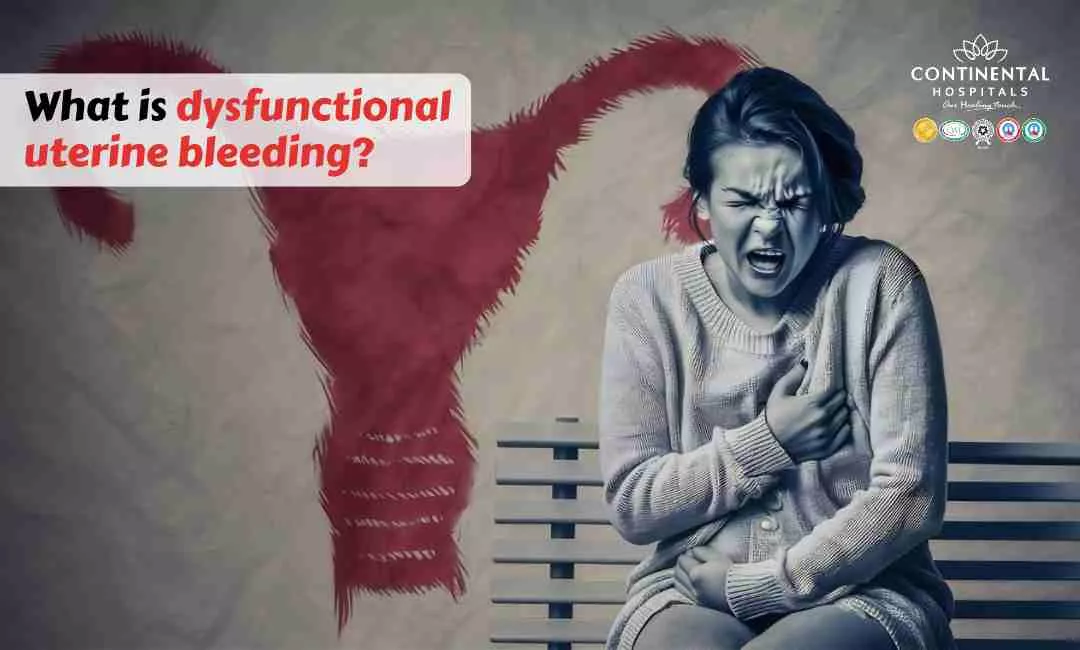Smoking remains one of the most significant public health challenges worldwide, contributing to a myriad of health problems, including cancer, respiratory diseases, and cardiovascular disorders. While the detrimental effects of smoking on lung health are well-known, its impact on heart health is equally concerning yet often overlooked. In this article, we'll delve into the intricate relationship between smoking and heart health, exploring the mechanisms by which smoking damages the cardiovascular system and the importance of smoking cessation for overall well-being.
1. Smoking and Cardiovascular Disease:
Smoking is a major risk factor for cardiovascular disease (CVD), including coronary artery disease, heart attacks, stroke, and peripheral artery disease. The harmful chemicals in tobacco smoke, such as nicotine, carbon monoxide, and tar, damage the blood vessels, increase inflammation, promote the formation of blood clots, and contribute to the development of atherosclerosis—the buildup of plaque in the arteries.
2. Effects on Blood Pressure and Heart Rate:
Smoking raises blood pressure and heart rate, putting added strain on the heart and blood vessels. Nicotine, the addictive component in tobacco, stimulates the release of adrenaline and other stress hormones, leading to temporary increases in blood pressure and heart rate. Over time, chronic exposure to nicotine can contribute to the development of hypertension, a leading risk factor for heart disease and stroke.
3. Impact on Cholesterol Levels:
Smoking adversely affects cholesterol levels, leading to an imbalance of lipids in the blood. It lowers levels of "good" HDL cholesterol, which helps remove excess cholesterol from the arteries, while simultaneously raising levels of "bad" LDL cholesterol, which contributes to the formation of plaque. This dysregulation of cholesterol metabolism further increases the risk of atherosclerosis and cardiovascular events.
4. Promotion of Inflammation and Oxidative Stress:
Smoking triggers inflammation and oxidative stress throughout the body, including the cardiovascular system. The chemicals in tobacco smoke promote the production of free radicals—unstable molecules that damage cells and tissues—and activate inflammatory pathways, contributing to endothelial dysfunction, arterial stiffness, and the progression of atherosclerosis.
5. Impact on Blood Clotting:
Smoking promotes abnormal blood clotting, increasing the risk of thrombosis— the formation of blood clots within the arteries or veins. Nicotine and carbon monoxide interfere with the normal function of platelets, the blood cells responsible for clot formation, making them stickier and more prone to aggregation. This hypercoagulable state heightens the risk of heart attacks, strokes, and other cardiovascular events.
6. Secondhand Smoke and Heart Health:
Secondhand smoke, the smoke exhaled by smokers and emitted by burning tobacco products, also poses a significant threat to heart health. Exposure to secondhand smoke can cause immediate adverse effects on cardiovascular function, including increases in blood pressure, heart rate, and the risk of heart disease. Children, pregnant women, and individuals with pre-existing heart conditions are particularly vulnerable to the harmful effects of secondhand smoke.
7. Smoking Cessation and Heart Health:
The good news is that quitting smoking can lead to significant improvements in heart health, even for long-term smokers. Within minutes of quitting, heart rate and blood pressure begin to decrease, and within months, the risk of heart disease starts to decline. Over time, the risk of heart attack, stroke, and other cardiovascular events continues to decrease, eventually reaching that of a non-smoker.
The impact of smoking on heart health cannot be overstated. From promoting atherosclerosis and hypertension to triggering inflammation and oxidative stress, smoking inflicts widespread damage on the cardiovascular system, increasing the risk of heart attacks, strokes, and other life-threatening conditions. However, the decision to quit smoking is one of the most effective ways to protect heart health and improve overall well-being. By breaking free from the grip of tobacco addiction, individuals can embark on a journey towards a healthier, smoke-free future—a future in which their hearts can thrive, unburdened by the harmful effects of smoking.
Practical Tips to Quit Smoking and Reclaim Your Health
Quitting smoking is one of the most impactful steps you can take to improve your health and well-being. However, the journey to becoming smoke-free can be challenging, requiring dedication, support, and effective strategies. In this article, we'll explore a variety of practical tips and techniques to help you quit smoking successfully, empowering you to break free from the grip of tobacco addiction and embark on a journey towards a healthier, smoke-free life.
1. Set a Quit Date:
Choose a specific date to quit smoking and mark it on your calendar. Having a clear quit date can provide motivation and a sense of commitment to your goal of becoming smoke-free.
2. Identify Your Triggers:
Pay attention to the situations, emotions, or activities that trigger your cravings for cigarettes. Whether it's stress, social situations, or certain times of day, being aware of your triggers can help you develop strategies to cope with cravings more effectively.
3. Create a Quit Plan:
Develop a personalized quit plan outlining your reasons for quitting, strategies for managing cravings, and support network. Consider seeking support from friends, family, or a smoking cessation program to increase your chances of success.
4. Utilize Nicotine Replacement Therapy (NRT):
Nicotine replacement therapy, including nicotine patches, gum, lozenges, and inhalers, can help alleviate withdrawal symptoms and cravings associated with quitting smoking. Talk to your healthcare provider about the most suitable NRT option for you.
5. Consider Prescription Medications:
Prescription medications such as varenicline (Chantix) or bupropion (Zyban) can also help reduce nicotine cravings and withdrawal symptoms. Discuss these options with your doctor to determine if they're appropriate for you.
6. Practice Stress Management Techniques:
Find healthy ways to cope with stress and anxiety without turning to cigarettes. Engage in relaxation techniques such as deep breathing exercises, meditation, yoga, or physical activity to help manage stress levels effectively.
7. Stay Active:
Regular physical activity not only distracts you from cravings but also helps alleviate withdrawal symptoms, improves mood, and promotes overall well-being. Aim for at least 30 minutes of moderate-intensity exercise on most days of the week.
8. Stay Hydrated:
Drinking plenty of water throughout the day can help flush toxins from your body, reduce cravings, and keep you feeling refreshed and energized.
9. Avoid Smoking Triggers:
Identify and avoid situations or activities that tempt you to smoke, such as socializing with smokers, drinking alcohol, or visiting places where smoking is allowed.
10. Reward Yourself:
Celebrate your milestones and achievements along the way. Set up a system of rewards for yourself, whether it's treating yourself to a movie, buying something you've been wanting, or enjoying a special meal.
11. Be Patient and Persistent:
Quitting smoking is a journey, and it's normal to experience setbacks along the way. Be patient with yourself and stay committed to your goal. If you slip up, don't be discouraged learn from the experience and recommit to quitting.
Quitting smoking is one of the most challenging yet rewarding endeavors you can undertake for your health and well-being. By implementing these practical tips and techniques, you can increase your chances of success and take meaningful steps towards a smoke-free life. Remember, you're not alone—reach out for support, stay committed to your goal, and believe in your ability to break free from tobacco addiction. With determination, perseverance, and support, you can conquer the cravings, reclaim your health, and embrace a brighter, smoke-free future.
Related Blog Articles:
1. The Silent Threat: How Chronic Stress Impacts Your Cardiovascular System
2. Unmasking the Rising Tide of Heart Attacks Among Young Adults
.webp)














